|
|
|
Insect Identification Chart |
|
 |
A222 Insect Identification
Insects are the most diverse group of animals on Earth. There are more than a million described species, more than all other animal groups combined. Insect collecting is a very popular hobby and is often assigned as a classroom project. With so many species, insect identification is difficult.
This chart presents all the insect orders through a brief description accompanied by detailed pictures of one or more species. A section on anatomy identifies important physical characteristics.
A unique branching system permits the novice to identify a specimen to the order level (beetle, bee, bug, butterfly, etc.). More detailed identification requires professional training and an extensive library.
This poster is extremely popular with collectors, kids and educators. It is widely used in schools and by collectors. This second edition has been graphically streamlined, making it easier to use.
|
|
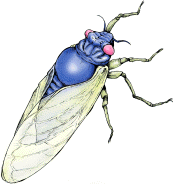 |
 |
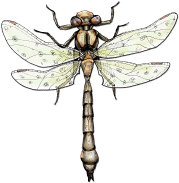 |
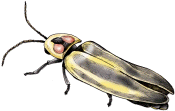 |
|
Cicada |
Carrion
Beetle |
Dragonfly |
Firefly |
|
This poster contains a large section
devoted to insect anatomy. It begins with a grasshopper with all
of its various body parts identified. It is accompanied by
illustrations showing the variation of body parts between the various
species. Compare the head of the butterfly to that of the
beetle, butterfly and fly. Notice the major differences in their
mouth parts. It is such characteristics that are used to
determine classification.
A glossary provides information on each body part. Also
included in the poster is a section that introduces arthropods. They are animals
that have external skeletons. In addition to insects, the
arthropods include spiders and the crustaceans. Several are shown.
|
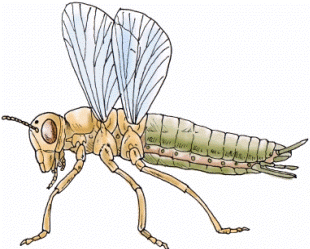 |
|
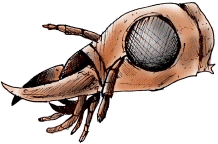 |
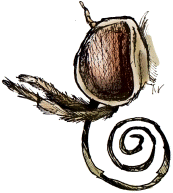 |
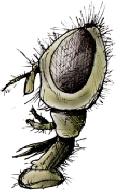 |
|
Beetle head |
Butterfly
head |
Housefly
head |
|
|
|